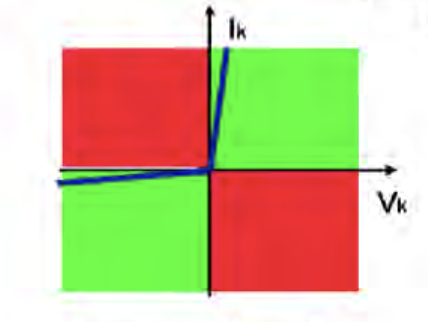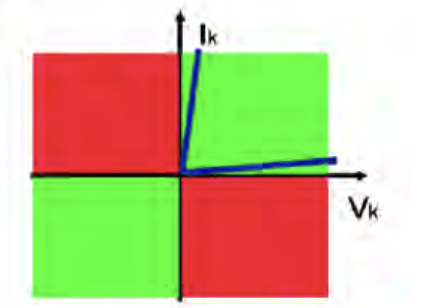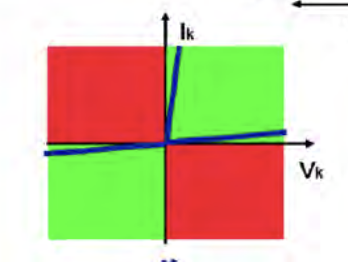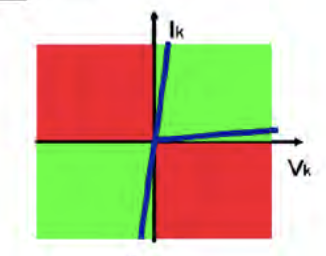Power Electrical Engineering for Renewables | L3
1/33
There's no tags or description
Looks like no tags are added yet.
Name | Mastery | Learn | Test | Matching | Spaced |
|---|
No study sessions yet.
34 Terms
What is the highest priority in power electronics?
Efficiency.
What device do we never use in power electronics?
Resistors.
Why do we use power converters?
To process the signal and control the flow.
What is the use-case for a static converter?
Between a generator and a load.
(e.g., brakes to battery; counter e.g., wind turbine to create wind)
A voltage source can never be _______ but can be ____________.
short-circuited; open-circuited
A current source can never be _______ but can be ____________.
open-circuited; short-circuited
Inductance is a _________ source.
current
dI/dt =/= infinity indicates a _________ source.
current
dV/dt =/= infinity indicates a _________ source.
voltage
Capacitance is a _________ source.
voltage
What happens if you connect a capacitor in parallel to a current source?
The current source becomes a voltage source.
What happens if you connect an inductor to a voltage source in series?
The voltage source becomes a current source.
What are the “two segment” static converters?
Diode & transistor.

What kind of static converter is this?
Diode (Type D)

What kind of static converter is this?
Transistor (Type T)

Is this D and T in series or parallel?
Series.

Is this D and T in series or parallel?
Parallel.
Does spontaneous commutation result in switching losses?
No.
Does controlled commutation result in switching losses?
Yes.
What is spontaneous commutation?
auto turn-on and auto-turn off
How is spontaneous commutation represented?
change of quadrant
What is controlled commutation?
controlled turn-on and controlled turn-off (gates)
How is controlled commutation represented?
no change of quadrant
What tool is used for minimizing switching losses in a controlled commutation?
Snubber.
What do you call energy conversion that requires intermediate energy storage?
indirect
What do you call energy conversion that DOES NOT require intermediate energy storage?
direct
What topology is associated with direct conversion?
voltage → current or current → voltage
What topology is associated with indirect conversion?
voltage → votlage or current → current